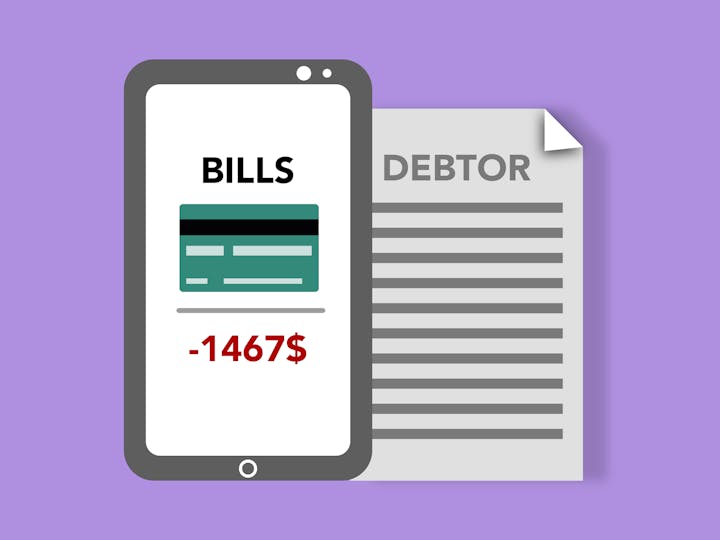If you’re juggling high-interest credit card debt, you’ve probably heard about balance transfers as a way to ease the burden. At first glance, a balance transfer looks like a magic fix: move your debt to a new card with a low or 0% introductory interest rate, pay it off during that period, and save tons on interest. It sounds great, and for many people, it can be. But like any financial tool, it’s not perfect for everyone and comes with some catches.
Especially if you’re already exploring debt consolidation services, a balance transfer might feel like a logical next step. But before you dive in, it’s worth unpacking how a balance transfer really works, what the benefits are, and what potential pitfalls you should watch out for.
What Exactly Is a Balance Transfer?
A balance transfer is when you move the outstanding balance from one or more credit cards onto a new credit card, usually one offering an introductory low or 0% interest rate on transfers for a set period—often between six to 18 months. This introductory rate means you won’t pay much (or any) interest on that balance during the promotional window, giving you a chance to chip away at the principal faster.
The idea is to consolidate your debt onto one card, making payments simpler and less expensive. But keep in mind, while you’re saving on interest, you’ll still be responsible for paying down the balance within the introductory period to maximize the benefit.
How a Balance Transfer Can Help
The main appeal of a balance transfer is saving money on interest. Credit cards typically have some of the highest interest rates, often 15% to 25% or more. If you carry a balance month after month, interest charges pile up quickly, making it feel impossible to get ahead.
By transferring your debt to a card with a 0% or very low introductory APR, you effectively hit the pause button on those interest charges. This can accelerate your debt payoff plan and reduce the total amount you owe.
Another plus is simplifying your finances. Instead of juggling payments to multiple cards, you have just one monthly bill. This can reduce missed payments and late fees, which sometimes happens when managing multiple accounts.
The Not-So-Glamorous Side of Balance Transfers
While balance transfers can be a great tool, they’re not without downsides that are easy to overlook.
First, there’s usually a transfer fee. This fee typically runs between 3% and 5% of the amount you’re transferring. If you’re moving a large balance, that fee can add up quickly and eat into your savings from the lower interest rate.
Next, if you don’t pay off the balance before the introductory period ends, your interest rate will jump to the card’s standard APR, which can be quite high. This sudden increase can lead to more debt if you’re not prepared.
Also, balance transfers don’t prevent you from using your existing credit cards again. If you rack up new charges on old cards without paying them off, you could end up with even more debt.
When Is a Balance Transfer a Smart Move?
Balance transfers work best if you have a solid plan to pay off the transferred amount during the low-interest period. If you know you can make consistent payments that reduce the balance to zero or near zero before the introductory rate expires, you’ll save a lot on interest.
They’re also helpful if you’re tired of managing multiple cards and want a simpler, more streamlined way to pay down debt. But if you don’t have the discipline or income to pay down the debt quickly, a balance transfer might just delay the problem.
What If a Balance Transfer Isn’t the Right Fit?
If you’re struggling to pay off debt and don’t think you can clear the balance during the introductory period, you might want to explore other options. Debt consolidation services, for example, can help combine multiple debts into one monthly payment, sometimes with better terms and lower interest rates than your credit cards.
Other alternatives include working with credit counseling agencies, negotiating directly with creditors, or even considering debt settlement programs if your debt feels overwhelming. These options often come with their own pros and cons, so it’s important to understand the full picture before deciding.
Tips for Making the Most of a Balance Transfer
If you decide a balance transfer could help you, here are some tips to get the best results:
- Read the fine print carefully. Understand the length of the introductory period, the transfer fee, and what the standard interest rate will be afterward.
- Avoid making new purchases on the transferred card during the introductory period, as those often don’t get the promotional rate and can complicate your payoff plan.
- Set up automatic payments to avoid missing any due dates, which can sometimes cancel your introductory rate.
- Create a realistic repayment plan based on your budget so you can pay off the balance before the higher interest kicks in.
Final Thoughts
A balance transfer can be a powerful tool to manage high-interest credit card debt and give yourself a break on interest payments. But it’s not a cure-all. It requires discipline, planning, and understanding the fees involved. If you’re already considering debt consolidation services or other debt relief options, think carefully about whether a balance transfer fits your financial situation.
The key is to use this tool as part of a larger plan to get out of debt and build healthier financial habits. When done right, a balance transfer can save you money and help you regain control of your finances—setting you up for a brighter financial future.


